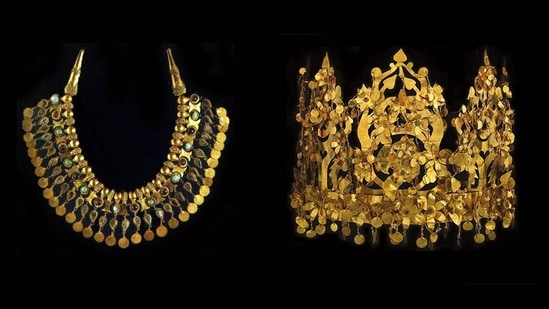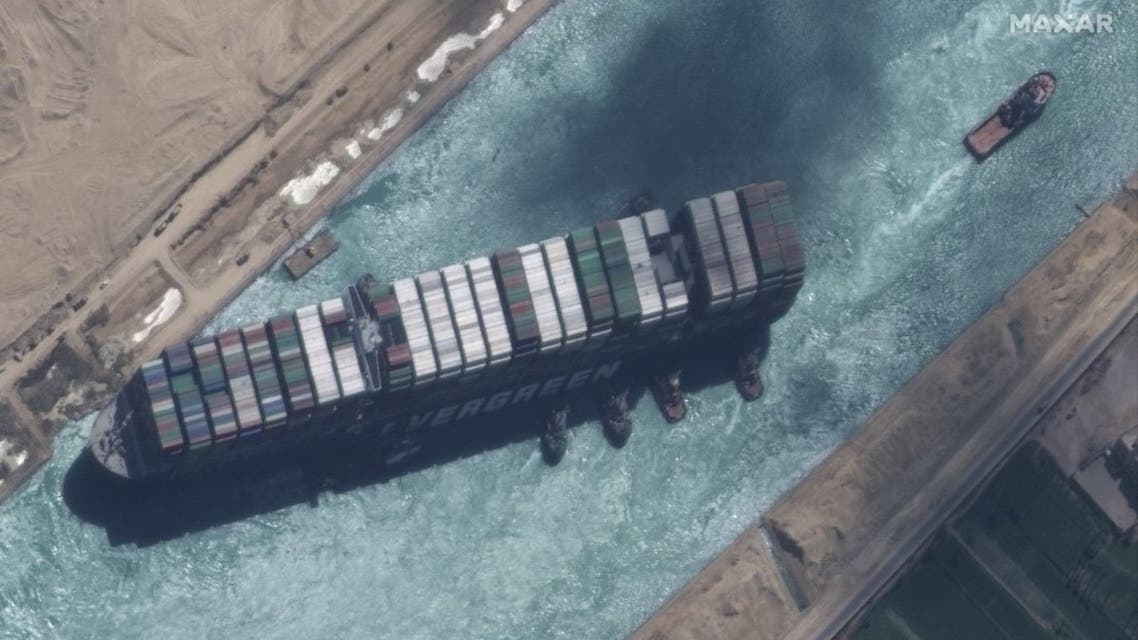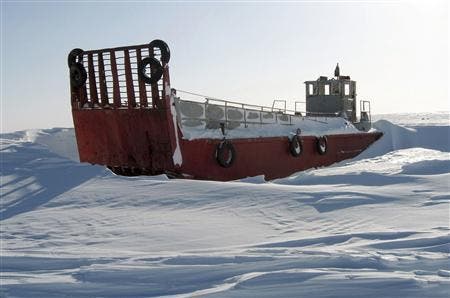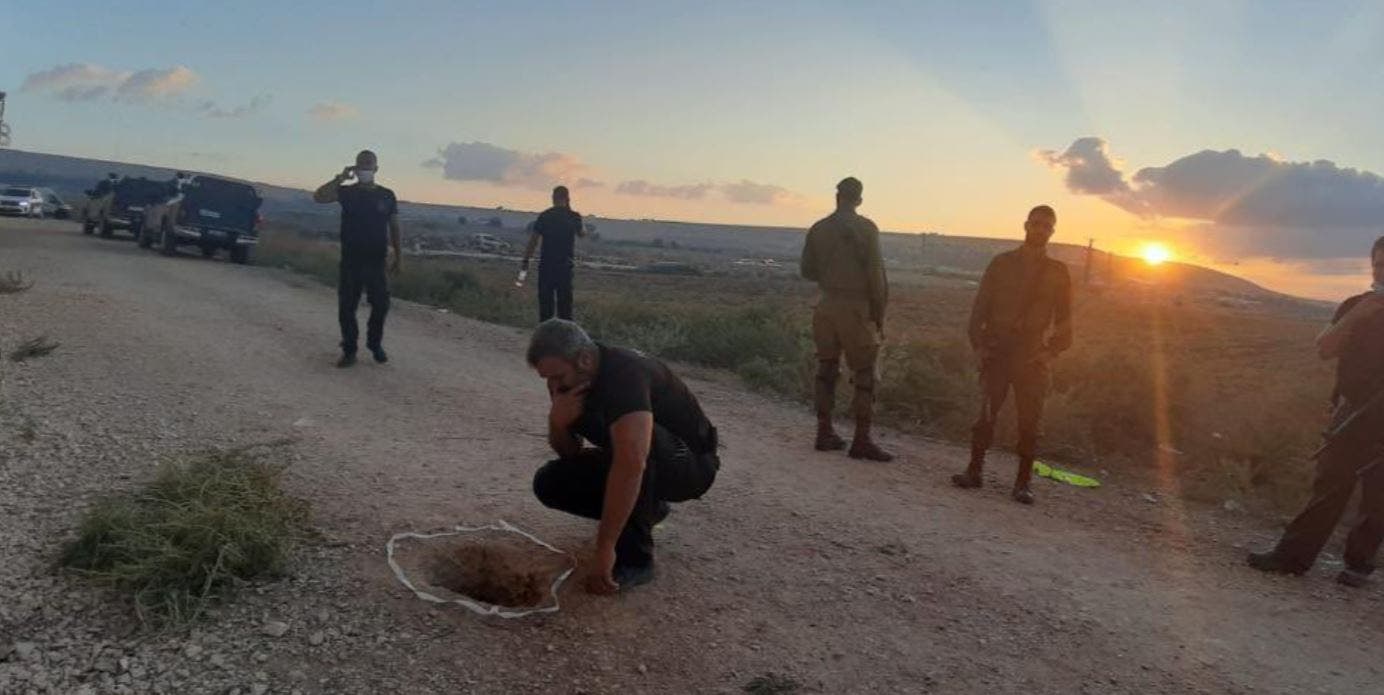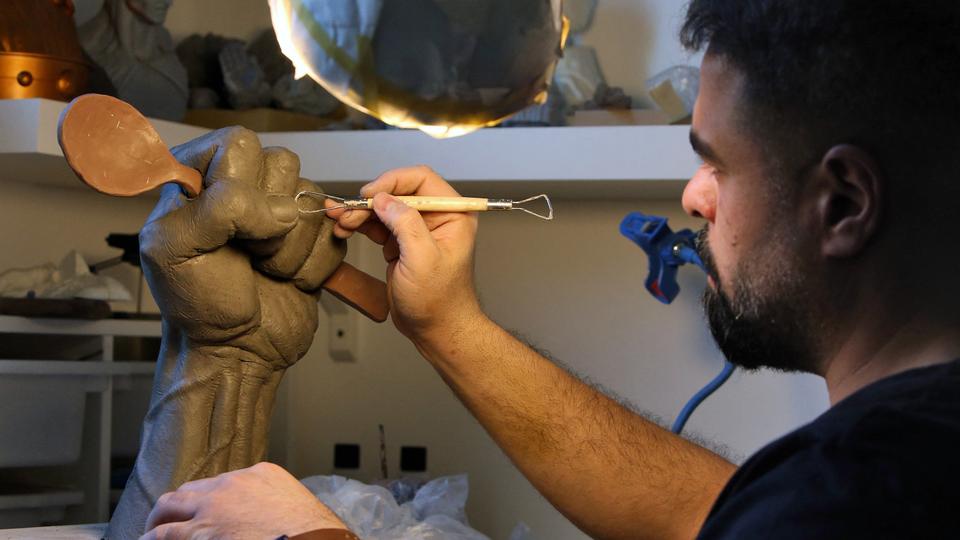
© AP Photo / Jim MacMillan, File
Elizabeth Blade
Washington has a proven track record failing its allies, says a former Kurdish official, whereas such countries as Iran and Russia are known for standing by their partners and fighting for them until the end.
With the pullout from Afghanistan officially over, the US is now looking to meet another deadline and withdraw its forces from Iraq, where they have been stationed since 2003.
Today, there are some 2,500 US troops in Iraq. They help local forces combat remnants of Daesh* and other terrorist groups. After the withdrawal, only few troops will be left, and they are expected to train and advise the Iraqi military.
Kurds Worried
The promise to leave the region has already stirred worries among many Kurds within Iraq, and Hiwa Osman, an Erbil-based political analyst and former advisor to Jalal Talabani, a Kurdish politician who served as the president of Iraq from 2006 to 2014, says that the pullout of American forces from the country will not turn it into another Afghanistan, but Iraq will be "fragmented and divided".
"The south will fall into the hands of Iran. In the north, where the Kurds are, there will be a Turkish takeover, whereas in the centre, where most Sunnies reside, there will be a civil war," Osman believes.
Up until recently, the Kurds of Iraq had high expectations of US President Joe Biden, who took office in January.
Unlike his predecessor Donald Trump, who was perceived as someone who used the Kurds in his fight against Daesh and who dumped them years later, Biden has been viewed as a reliable partner, and as a leader who could solve their multiple problems.
And those were in abundance. They included the attempts of Iran and Turkey to bite off some territories from the Kurds, the lack of agreement with Iraq's central government over oil revenues and disputed land and the involvement of the Kurdish Peshmerga forces in the Iraqi military.
Now, as the policy of the Biden administration is clear, many Kurds feel exposed but Osman says he has not been surprised by the move, given Washington's "poor history" mistreating its allies. "They have always said they would not leave the Kurds. But history taught us they always did".
Such was the case in 1975, when following the Iran-Iraq border treaty, the Kurds were attacked by the then-leader of Iraq, Saddam Hussein, while the Americans, who initially seemed to have supported the Kurdish leader Masoud Barzani, were sitting idly by.
In the 1980s, the Kurds experienced a similar setback when they joined the Iranian revolutionary guards in the Iran-Iraq war. Once the hostilities came to an end, Saddam Hussein became even more ruthless towards the ethnic minority that had cooperated with his enemy. Washington once again preferred not to interfere.
"They have also left the Kurds of Syria," says Osman, referring to the 2019 US withdrawal from the war-torn country and refusal to confront Turkey over its decision to move troops and proxy forces into Kurdish-controlled areas. "They cannot be trusted, and this is the reason, why the Kurds should be looking for alternatives."
Looking for Allies
One such alternative could be Iran, thinks the former advisor. Steps in that direction have already been taken. In 2018, Kurds gave reassurances to the Iranians that they would not allow any Kurdish opposition groups to launch cross-border attacks from Iraqi Kurdistan, something that brought the two sides closer.
And, more recently, eastern Kurdistan made a series of appointments that indicated they were seeking closer ties with the Islamic Republic.
There have also been attempts at rapprochement with Russia. In 2020, Moscow made sure to involve the Kurds in negotiations with Syrian President Bashar al-Assad, whereas Russian President Vladimir Putin has reiterated the importance of Iraq's Kurdish Pershmerga forces in their fight against Daesh.
"For the Kurds, it makes perfect sense to align themselves with such countries as Iran and Russia. Those stand by their allies to the last bullet. So if I were a decision maker and I needed to choose between Washington and Moscow, I would most certainly go for the latter", Osman concludes.
*Daesh, also known as ISIS/IS/Islamic State, is a terrorist group banned in Russia and many other countries.

